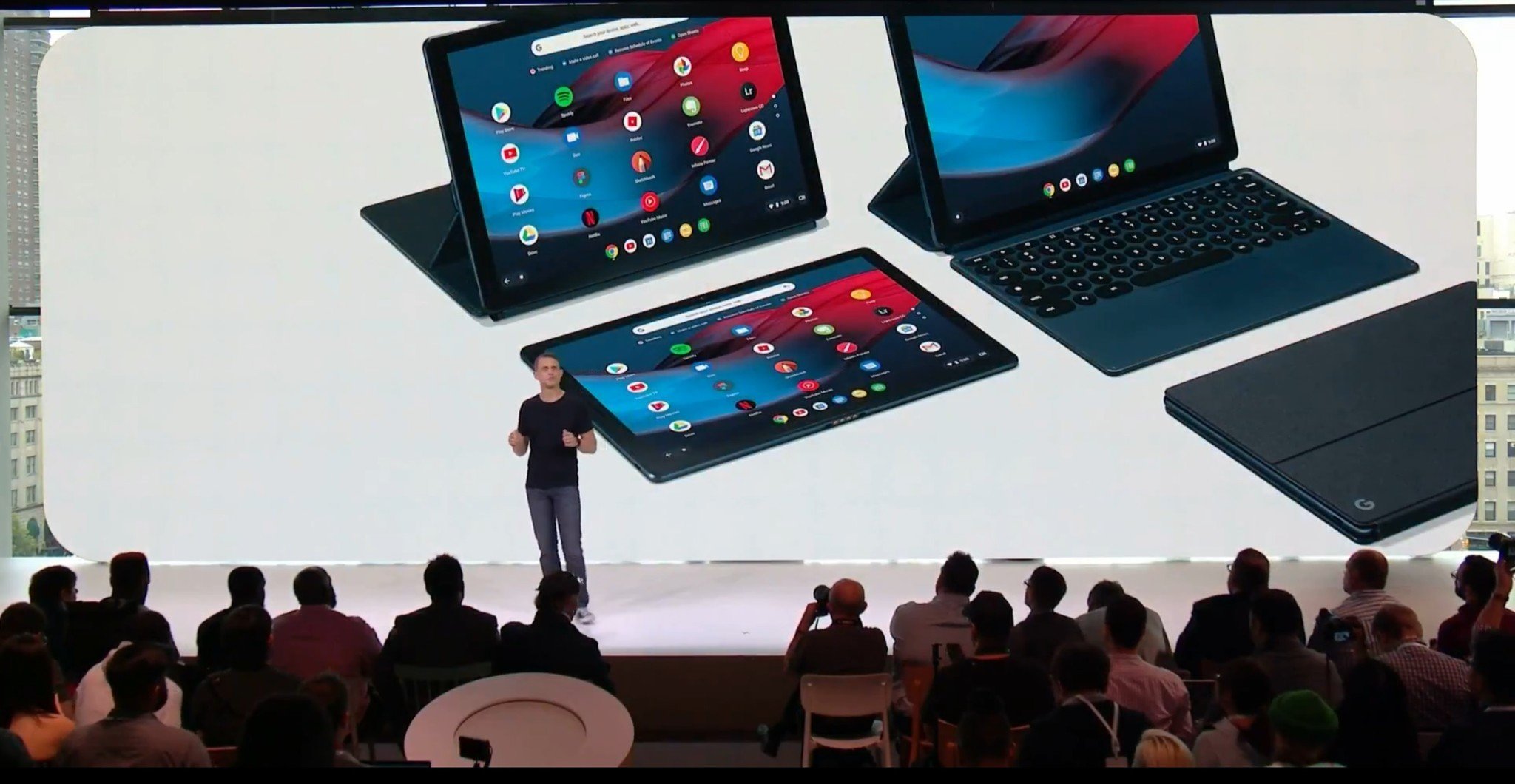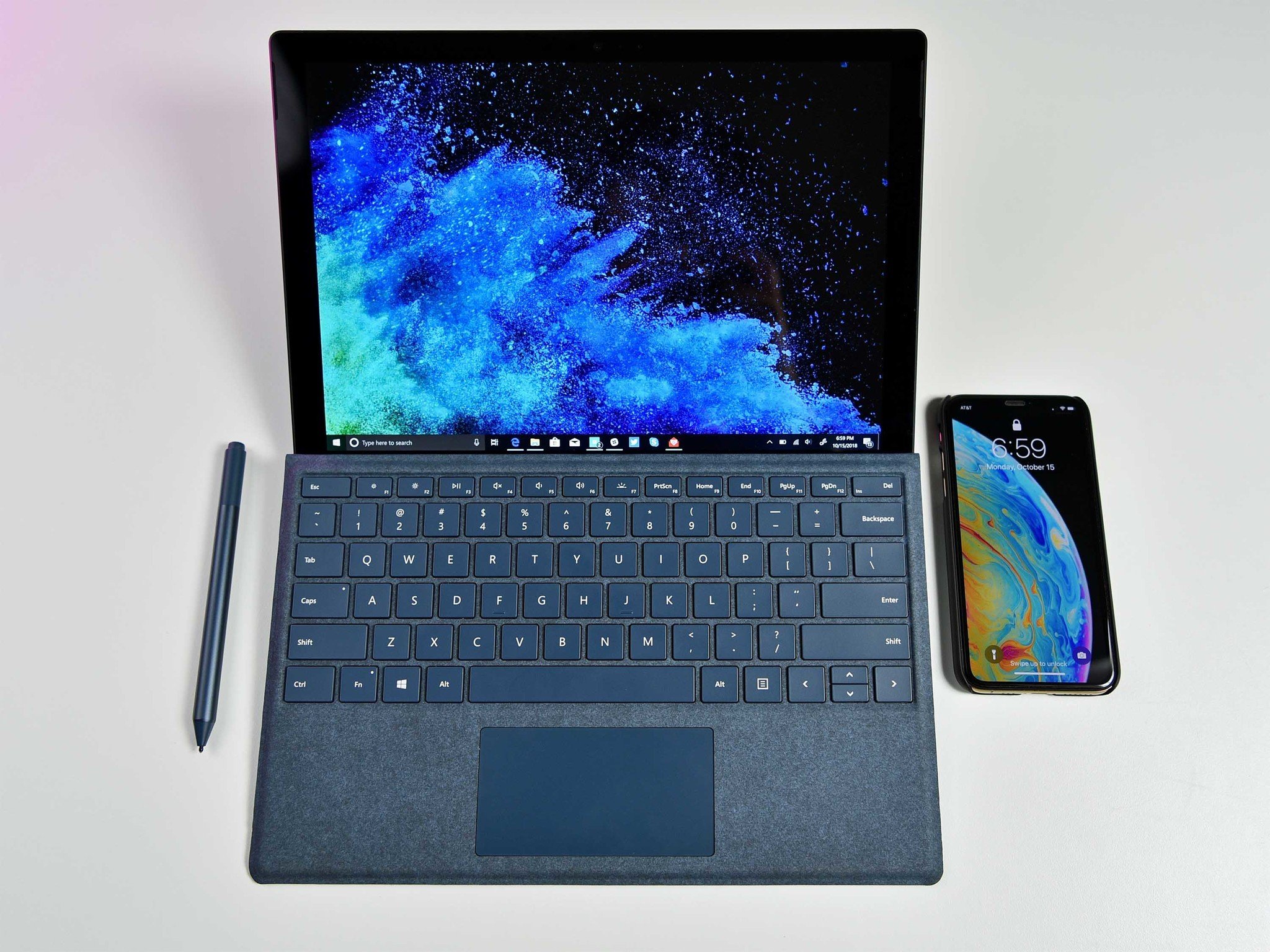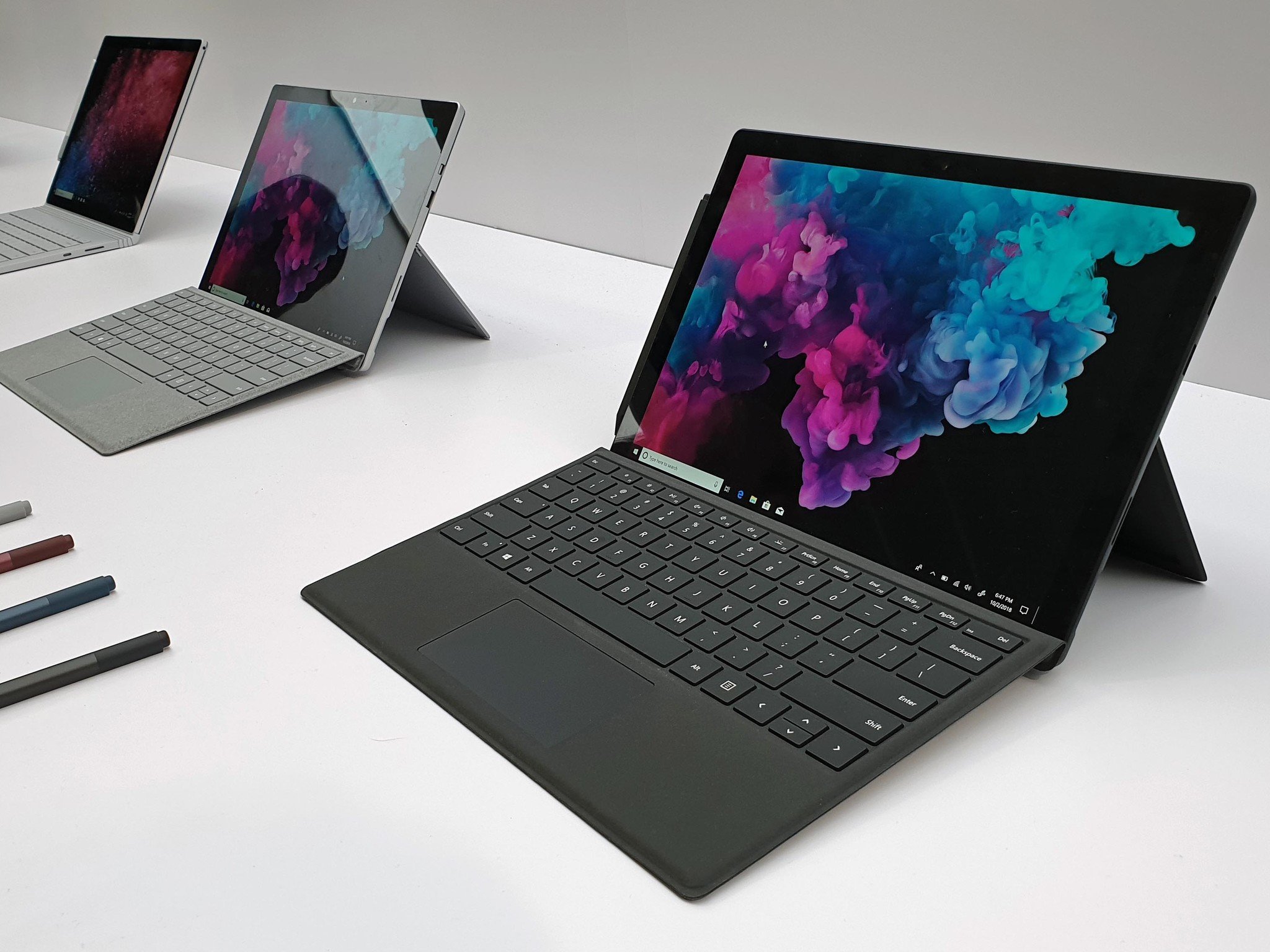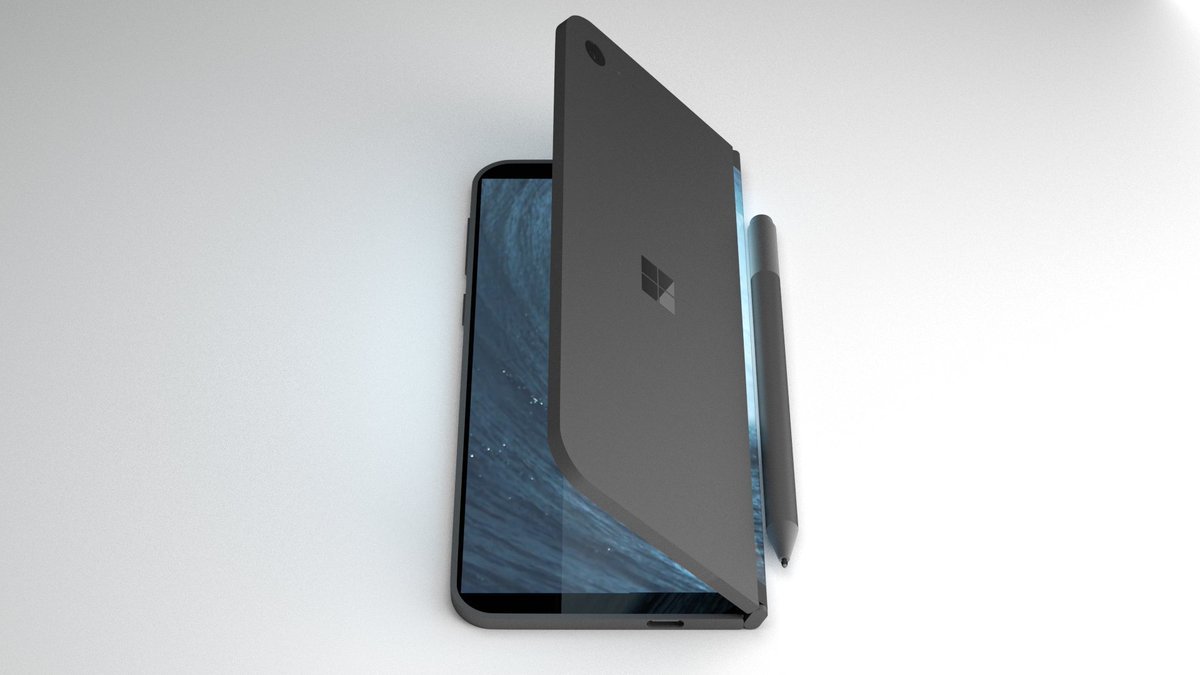With Pixel Slate, Google sets sights on Microsoft's Surface Pro
Google's Pixel Slate is positioned to go head-to-head with Microsoft's category-defining Surface Pro 2-in-1.

As computing has grown beyond sedentary desktop contexts to include mobile, touch and handheld computing, 2-in-1s defined by Microsoft's Surface Pro have grown in popularity. In 2013, Surface Pro brought full desktop computing to a mobile form factor that could be a tablet. Surface also popularized the much-emulated pen input modality via OneNote and Windows Ink.
Keyboard, mouse, touch, gaze and voice navigation (via Cortana) round out an array of Windows 10 input modalities that conform to different device states and user contexts. Surface can also transition with users throughout the day (supported by Microsoft's cloud and Surface Headphones as computing becomes a continuum of work and personal life.
It is against this comprehensive hardware, software, cloud, and accessory Surface strategy that Google launched its Pixel Slate productivity and leisure strategy. Google's plan has advantages that should concern Microsoft.
Not quite all things to all users

Surface Pro launched as the "tablet that can replace your laptop." In 2013, Microsoft believed tablet-friendly Universal Windows Platform (UWP) apps would fill the Windows Store sooner than later. They didn't. Lack of apps and Windows 8's struggles ultimately led to a return to a desktop-centric UI with Windows 10 and further languishing of Microsoft's tablet efforts.
Consequently, Microsoft's headlining Surface Pro as a tablet needed revisiting. Its use primarily as a laptop, and Windows Store's underutilization by users and developers, contributed to Surface's new "most versatile laptop" designation. Laptop mode for desktop productivity, tablet mode for touch-centric leisure, and Studio mode for pen-centric art are this "most versatile laptop's" configurations.
A subpar Windows 10 touch UI and app deficit prevent Microsoft's Surface Pro from being all things to all users. Google's Pixel Slate may address the app and UI shortcomings Microsoft faces.
Google Pixel, a tablet trying to be a laptop
Google's Director of Product Management Trond Wuellner took shots at Microsoft's Surface and more during Google Pixel's introduction:
Get the Windows Central Newsletter
All the latest news, reviews, and guides for Windows and Xbox diehards.
Something that isn't a laptop trying to be a tablet, because who wants a fan in their tablet. Or a tablet that's really a phone pretending to be a computer. Instead, we combine the helpful elements of all these devices to create a modern computing experience people have been asking for.
His first statement attacks Microsoft's most "versatile laptop" (Core i7 Surface Pros with fans), and it's suboptimal tablet mode. His second apparently targets Continuum, which turns Windows phones into desktop computers. Windows phone obviously failed. Google communicated it learned what doesn't work and used what does to make Pixel Slate the perfect synergy of laptop, tablet, and phone.
Slate's 3,000 x 2,000 12.3-inch display with 293 PPI resolution is superior to the Surface Pro's 2,736 x 1824, 267 PPI display of the same size. This likely produces a more pleasing visual experience for videos, games, and productivity. The Slate's dual-firing forward-facing speakers complement its visual experience with sound that is likely more immersive than Surface Pro's six 1.6W Dolby Audio Premium stereo speakers.
Google also revamped its desktop platform, Chrome OS, to ensure a touch-friendly Pixel Slate experience rather than using Android, a mobile OS. Still, millions of Android apps strategically brought to Chrome last year complement this. A touch-centric UI and a vast repository of apps likely make Google Slate a superior tablet to Surface Pro. Still, though Pixel Slate isn't a "laptop trying to be a tablet" nor a "phone trying to be a computer," like the iPad it is a tablet trying to be a laptop. This is where Surface and Windows 10 pull ahead.
Surface and Pixel positioned for your whole life

Microsoft recently revisited a commitment to users across work and life that CEO Satya Nadella stressed in 2014 and former CEO Steve Ballmer outlined in 2013. This vision included a family of devices, a universal Windows platform, a common shell and an intelligent cloud that facilitates users' digital work and leisure experiences across devices and contexts.
Microsoft's Corporate Vice President of its Modern Life and Devices Group, Yusef Mehdi, outlined how Surface and Windows 10 are bringing this vision to life, as Your Phone and Timeline link Windows to Android phones and iPhones. Outlook and To-Do organize a user's whole life. Family Safety in Microsoft Launcher is providing enterprise-grade security. And AI is supporting creativity through Inking and 3D.
With Google Assistant's deeper integration into Chrome OS on Pixel Slate Google says finding restaurants, dictating emails and playing TV shows position the Slate for work and life. Machine learning for suggesting apps, family link for security, and split screen are also elements of Pixel Slate's productivity and leisure positioning.
Looking forward

No 2-in-1 yet checks all the boxes for an optimal tablet and laptop experience. Surface Pro with Window 10 beats the Chrome-powered Pixel Slate and Apple's iOS-powered, mouse-less iPads as a laptop. But with millions of touch-friendly apps and better tablet UI's, Pixel Slate and iPad beat Microsoft's app ecosystem and Windows 10's Tablet Mode.
Microsoft's Surface Andromeda pocket PC and context-conforming Core OS are rumored to address Microsoft's mobile UI issues. PWAs may help with apps, while Andromeda hardware with Continuum is speculated to offer a unique tablet, phone and desktop experience. That's if Andromeda makes it out of the labs.
For now Surface Pro is the most versatile laptop, and, in the spirit of Chromebook's attempts to be PCs, Pixel Slate is a Chrome OS tablet that is trying to replace your laptop (or your Surface Pro.
Jason L Ward is a columnist at Windows Central. He provides unique big picture analysis of the complex world of Microsoft. Jason takes the small clues and gives you an insightful big picture perspective through storytelling that you won't find *anywhere* else. Seriously, this dude thinks outside the box. Follow him on Twitter at @JLTechWord. He's doing the "write" thing!

